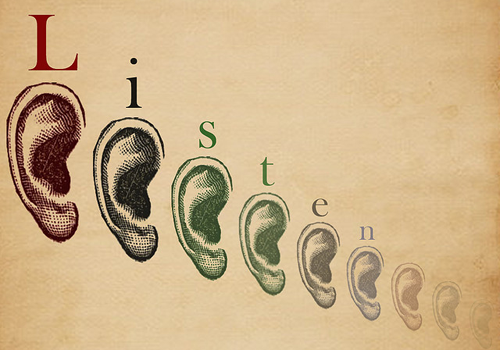NaNo Prep: How to Write About What You Don't Know

NaNo Prep season is here, and we’re asking the folks at NaNo HQ and our friends to help you get ready to tell your story this November. If you’re considering stretching out of your comfort zone to write about a culture or experience different from your own, author Crystal Chan has a few easy tips to figure out if you’re ready:
The old adage is, Write what you know. But what if you find yourself writing about what you don’t know—if you’re a female writer writing about a male protagonist, or a white writer developing a Vietnamese character, or an able-bodied writer crafting a story about someone who’s disabled?
If this is you, congratulations. You’re pushing your limits, and expanding your world. And take a deep breath, because a heavy dose of research—and humility—will be involved. You can’t just conjecture because you’ll do so using your own frame of reference. Writing about what you don’t know explicitly means that you can’t rely on your own experiences. You have to do so much research that this new material becomes what you know.
Here are some launching points for those who want to tackle this issue:
Find and listen to people who are your target population. Not just one person: one person does not and cannot represent the breadth of an entire population. Hear from multiple people—at least three—and get their experiences, their worldviews, their philosophies. (If when they offer you criticism, you feel defensive or upset, then you might not be ready to write from this perspective.)
Research. Do you know this group’s music? History? The words they use to self-identify? Food? Culture? Belief systems? Struggles? How they view their struggles? The different kinds of communities within this group? (Remember, no group is a monoculture.)
Do you know the stereotypes that mainstream culture places on these groups? You must find this out, and then honestly measure your work against this. Are you stereotyping?
I’m half Chinese and half white. The protagonist in my debut novel, Bird, is also mixed: she’s Jamaican, Mexican, and white. Her best friend is a transracial adoptee. Clearly, I could draw on my experiences but there are obvious differences, too. I had no idea what foods Jamaicans ate, or the spirituality of Mexicans or Jamaicans, or even what music they listened to. I’m not adopted. All of that mattered for the novel, and all of it—and more—matters if you’re going to make a character step off of the page.
I’m frequently asked, “Can authors write about characters who are of a different race?” It’s a good question: what you want to undertake is a big responsibility, and you want to know if you are truly ready for it.
Ask yourself: do you read about race and our systems of prejudice in this country? Are you willing to dig deep and analyze systemic racism—not just in our society but within themselves? Do you have intimate friends of different backgrounds with whom you talk about race on a regular basis?
If the answer is yes, then you’re ripe for doing the above research. If the answer is no, then you might not be ready yet. And that’s fine. Part of the path is knowing when you’re ready, and then part of it is having the wisdom and humility to realize when you’re not.
Don’t forget: readers are always drawn to the authentic voice, no matter the race of your characters. So be true to that authentic voice; work hard for it. You’ll be grateful you did… and so will your readers.
Crystal Chan grew up as a mixed-race kid in the middle of the Wisconsin cornfields and has been trying to find her place in the world ever since. Over time, she found that her heart lies in public speaking, performing, and ultimately, writing. In Chicago, where Crystal now lives, you will find her biking and talking to her pet turtle. Her debut middle-grade novel, Bird , is published by Atheneum Books for Young Readers.
Top photo by Flickr user ky_olsen.
Chris Baty's Blog
- Chris Baty's profile
- 63 followers




